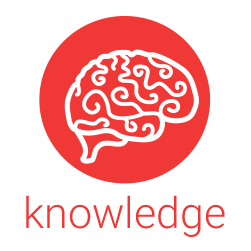
Evergreen Ballroom H
Computational Model for Detecting DNA Gene Types (306580)
*Zerena Angelica Lupo , Manhattan CollegeAlin Tomoiaga, Manhattan College
Keywords: Epigenetics, Neural Network, Gene Behavior, Identity Genes
DNA analysis is now a data intensive discipline. New technology has transformed biomedical research by making a plethora of molecular data available at reduced costs and great speeds. Large consortiums and many individual laboratories have already generated vast datasets: as an example, one such database, the GEO contains more than 1.8 million samples. This data is readily, publicly available but analyzing it requires computational and statistical resources. This study uses neural networks to identify genes that cause a skin cell to differ from a muscle cell. The factors that cause one cell type to be different from another have been shown to have an epigenetic dimension: they influence gene activity and not the DNA itself. Gene analysis and epigenetics in particular are gradually more reliant on numerical analysis: -Scientists are able to identify epigenetic mechanisms that affect gene behavior -We can map these mechanisms and visualize the patterns produced -Patterns have been shown to differ from one gene to another -By analyzing patterns, we can differentiate between different types of cells We developed a neural network model to distinguish between cell identity genes.
